Japanese water purification ritual at shrines under threat due to the pandemic
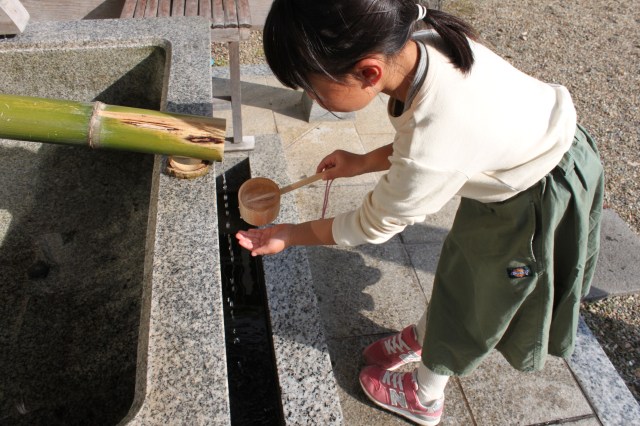
Shrine enthusiasts come up with a clever solution to help preserve an important tradition.
If you’ve ever visited a Japanese shrine, you’ll know there are important rituals involved in proper worship, and one of them starts right at the entrance, at the water purification fountain, known as the chozuya or temizuya.
This is where worshippers use ladles called hishaku to scoop up water to wash their hands and sometimes even their mouths. However, this year’s pandemic has highlighted the dangers involved in using, and drinking from, ladles shared with strangers, particularly for older worshippers, and so many shrines and temples have removed these ladles as a safety precaution, leading some to fear that the custom is in danger of dying out.
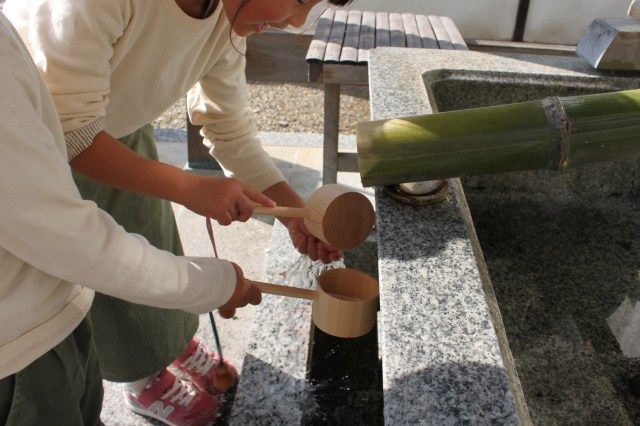
Gifu-based Tomiya Honten, a long-established retailer of shrine goods that’s been in business for over 120 years, is determined to ensure the custom doesn’t die out, and they’ve come up with a creative new product to help preserve the tradition, called “My Hishaku Hishakun”.
Hishakun is a cute-sounding play on the word hishaku, as “-kun” is the suffix used for young boys, which helps to personify the ladle. It also lines up with the mini size of the new product, which is less than half the length of a regular hishaku.
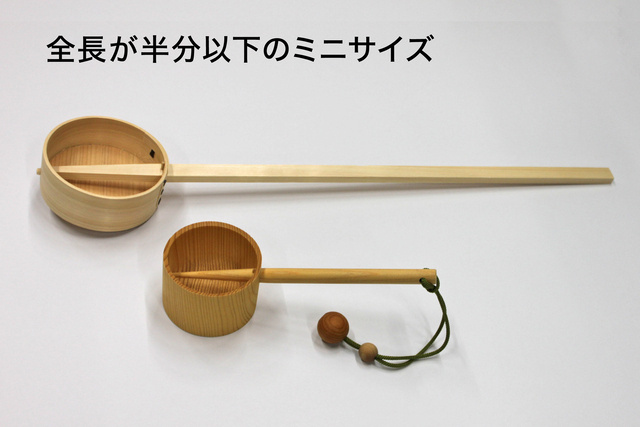
Water purification is an important ritual as it’s said to cleanse the body and mind, remove evil spirits, and allow people to worship with a sense of refreshment. Hishakun allows visitors to maintain this tradition with the peace of mind that the ladle they’re using is clean and hasn’t been touched by anyone other than themselves.
▼ Each ladle comes packaged in its own cloth carry bag.
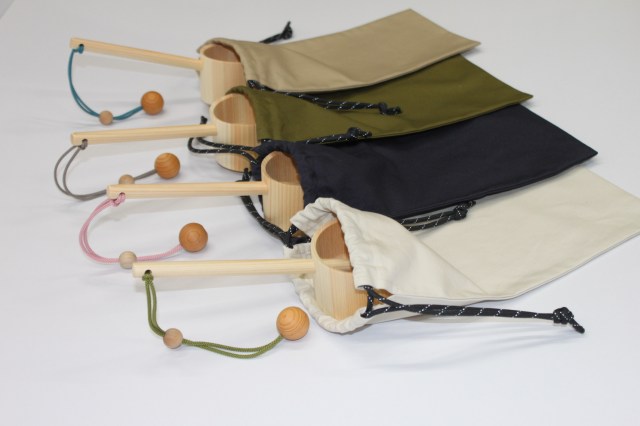
Made from hinoki (Japanese cypress), produced in the Tono region of Gifu Prefecture–one of the country’s best cypress-producing areas–the personal ladles are impregnated with a polymer coating to protect them from sun, water, mould, and cracks. This is a safe coating used on wooden tableware and sake sets, so there’s no problem in using the ladle to rinse your mouth during purification if you so desire.

The ladles also come with a water-resistant cloth strap for ease of carrying. There are four colours available: Warbler (green); Nadeshiko (pink); Sabi Asagi (rusty pale blue-green); Chanezumi (brown-grey).
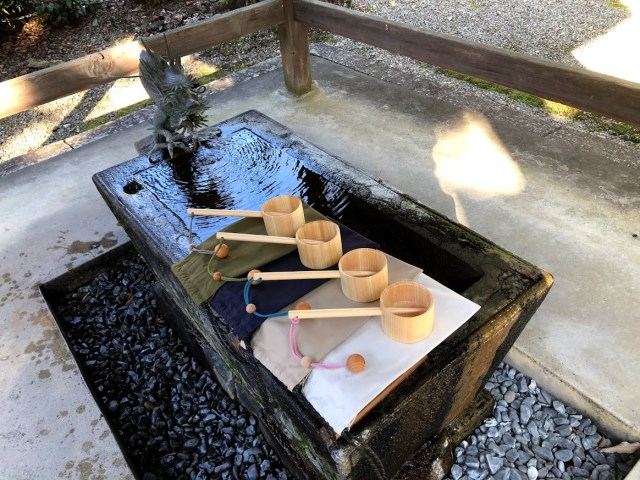
The strap makes it easy to attach the ladle to your bag or even a kimono obi, if you’re dressed in traditional clothing. Adorned with wooden balls made from the yew tree, another famous tree in Gifu Prefecture, the ladle is both functional and stylish.
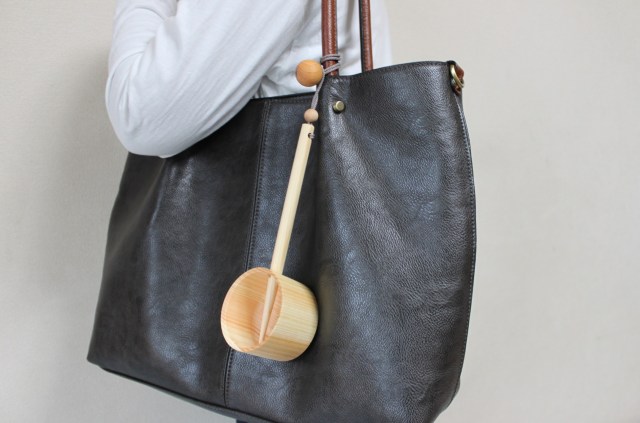
Mie Prefecture’s Ise Jingu, often referred to as Japan’s most holy shrine, has been encouraging worshippers to bring their own ladles for a number of months now, as have shrines in other prefectures.
The practice of using your own ladle will likely become more popular in future, and if the crowdfunding campaign for Hishakun is anything to go by, everyone is already keen to start using them, as they’ve achieved over 253 percent of their target goal of 200,000 yen (US$1,914.39), raising 506,450 yen with 45 days left to go on the campaign.
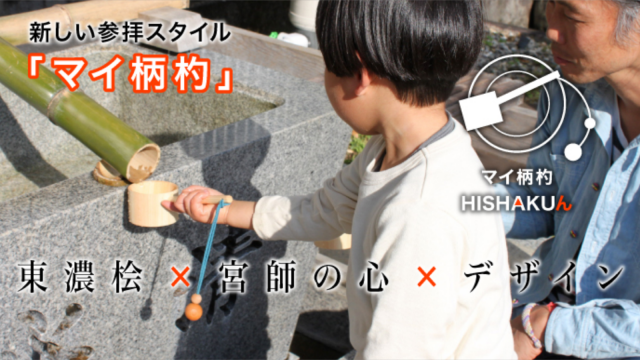
Reward tiers start at 1,980 yen for the carry bag, while the ladle itself is available for 5,280 yen, and both ladle and carry bag can be purchased for 6,930 yen. Delivery is scheduled for the end of March 2021, by which time Japan and its shrines and temples should be gearing up for even more visitors ahead of the country’s planned reopening to international tourists in April.
Source, images: PR Times
● Want to hear about SoraNews24’s latest articles as soon as they’re published? Follow us on Facebook and Twitter!
Credit:

0 comments:
Post a Comment